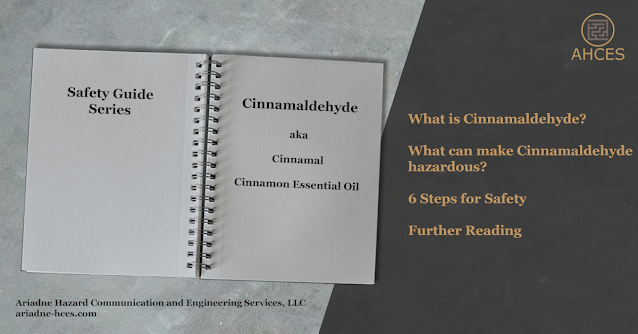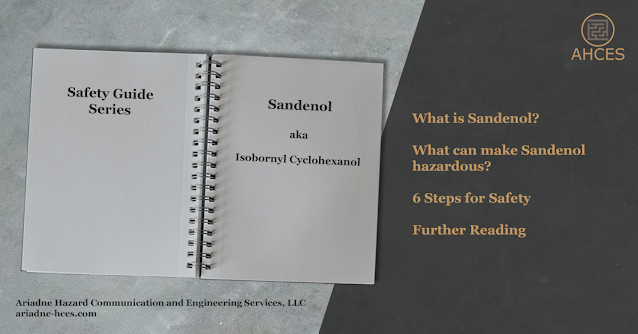Understanding DOT Class 2 Hazardous Materials: Gases Under Pressure

Definition of DOT Class 2: Gases Under Pressure Class 2 covers gaseous materials, including flammable, poisonous, and compressed gases. The formal definitions can be found at 49 CFR 173.115 . Class 2 Divisions Class 2 Materials are divided into three divisions. Division 2.1 Division 2.1 materials are flammable gases. Division 2.2 Division 2.2 materials are gases that are neither flammable nor poisonous, and are being transported under pressure. This includes compressed gases, liquified gases, pressurized cryogenic gases, compressed gases in solution, asphyxiant gases, and oxidizing gases. For most intents and purposes, Division 2.2 is a catch-all for gases that pose transportation hazards but do not fall under any other specific category. Division 2.3 Division 2.3 materials are gases which are poisonous by inhalation. Classification Testing for Potential Class 2 Materials A Class 2 material must be first qualified as a gas before any further testin...



